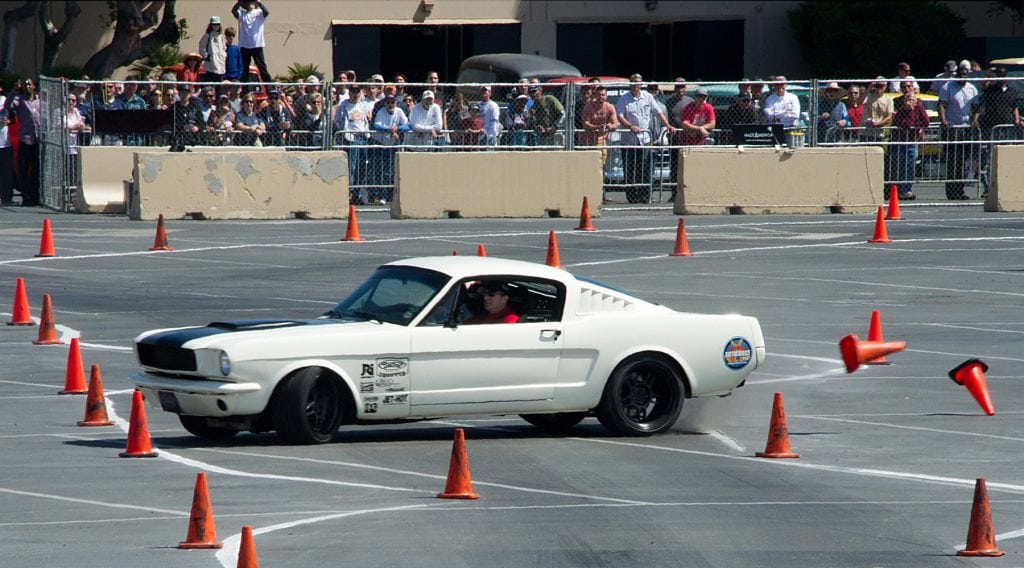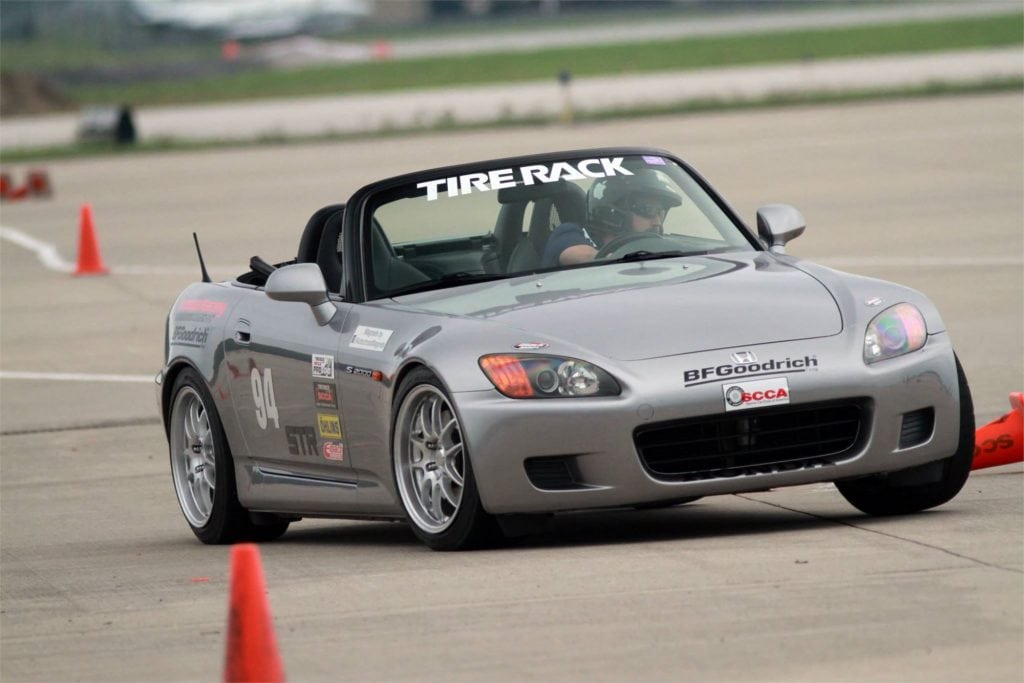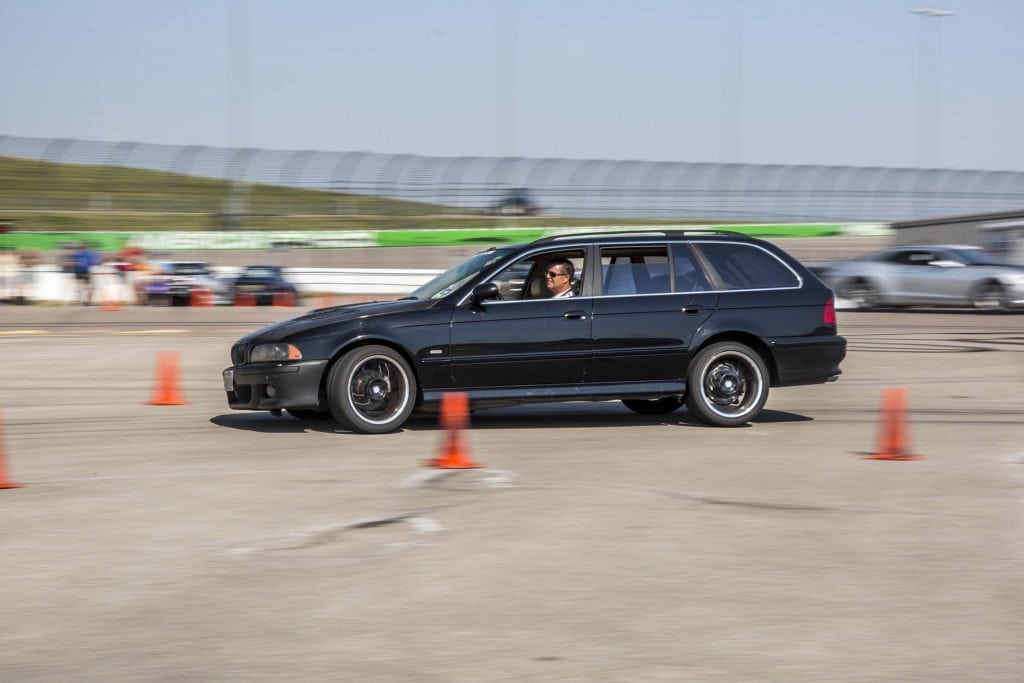Autocross is the cheapest, simplest way for you and your friends to push your cars to the limit in a safe, controlled environment. There is a burgeoning community already participating in events nationwide, a well-defined SCCA ruleset you can borrow if desired, and plenty of Craigslist Miatas available.
But that doesn’t mean you can just head out to an abandoned lot somewhere with a pile of orange cones and begin racing. Running a successful autocross event requires a team of people and thorough preparation. Before you head out to kill some cones, consider the following.
Dealing With Autocross Liability
Despite the fact that cars are not racing wheel-to-wheel, you need to consider the potential damage to vehicles or injury to drivers that could occur. Make sure all drivers have a valid license and are willing to sign a liability waiver releasing you from fault if something should go wrong. Have a technical crew ready to OK every car that competes in the event.
To pass tech, cars should:
- Be structurally sound
- Be free of loose items that could fly around in the cabin
- Have intact tires
You’ll also need numbers. You can order a magnet if you plan to do lots of autocross events, but for newbies, a roll of tape and some paper numbers will get the job done. Oh, and you’ll need a sound meter to measure decibels at a loud section of track if there’s a noise regulation in your area.
Location, Location, Location Keys Your Autocross Event
Unlike most motorsports, autocrossing doesn’t require a dedicated track. That is a beautiful thing, but it doesn’t mean you can hold an autocross event just anywhere.
You’re going to need a large, open lot where you can control foot traffic and you won’t be subject to a noise violation. Give yourself enough time to scout multiple locations and get a legal OK from owners and local police to hold the event.
Try and find a place with smooth, high-quality pavement so the cars will have grip. If you own the site or can get permission from the owner, you might consider removing markings and lines on the pavement to make traction more consistent.
Planning Your Autocross Track

There’s more to a good event than just some chalk and cones. Consult SCCA racers with some experience to learn about the elements that comprise a challenging track, like slaloms, sweepers and braking zones. Every venue is a little different, and you’ll need to manage the speed of the cars relative to the location to make sure things stay safe.
It’s not just the track layout you need to take into consideration, though. You also will need:
- Equipment to record each lap time
- A plan for track workers to rotate shifts and shag cones when cars go off
- Radios for workers
- A PA system to communicate to the whole crowd
The Little Things: Food, Water and Sunscreen
You can probably tell, there’s a lot more to think about at an autocross event than just lining the cars up and sending everyone out to tear it up. For your event to be successful, you need to think about some of the accommodations and extras that will help people enjoy themselves. Depending on how many people sign up, the event can last all day, and sitting in an open lot with no food and water is difficult for anyone.
Have a few vendors around. They’ll make a good haul if your event is well attended. Encourage people to bring water and sunscreen, and consider having photographers on hand. Do not encourage participants to take photos on track, though.
You don’t have to be Bernie Ecclestone to put on a good autocross event. It just takes a little planning. Now go shred some tires!









